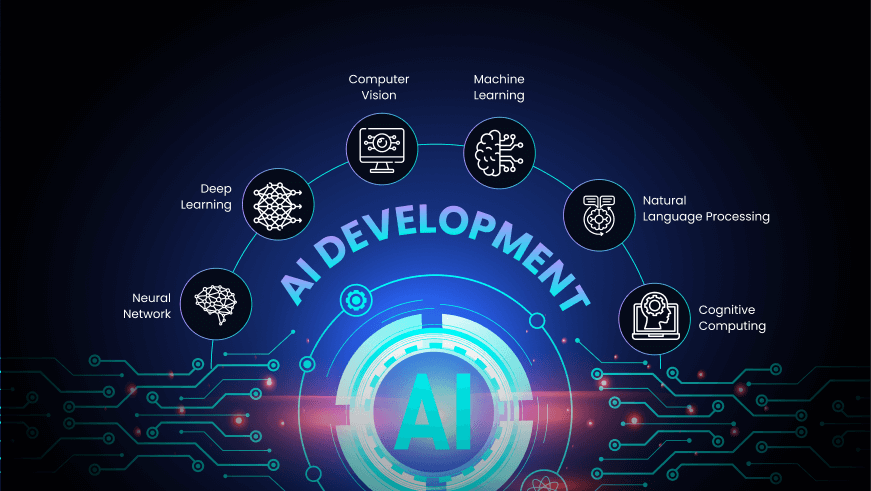Projection Welders—Elevating Industrial Joining Methods

Fast, reliable, and repeatable joining of fasteners is a central challenge for automotive, appliance, electronics, and hardware manufacturers. The projection welder is a smart solution, enabling multi-point, high-strength bonding for nuts, studs, bolts, and brackets—ideal for smart factories and high-volume lines seeking productivity, quality, and cost savings.
How a Projection Welder Works—Technology Overview
Projection welding builds on the principles of resistance welding, but with a clever twist: projections (bumps or shapes) engineered onto one workpiece focus current and pressure, allowing precise, simultaneous welding at multiple points.
Heron’s capacitor discharge projection welders deliver rapid, controlled energy bursts, forming clean, flush welds that preserve part surfaces and minimize heat impact, especially on thin or coated metals.
Key Features:
-
Multi-Point Fastening: Weld several fasteners or joining spots in one cycle—dramatically increasing throughput.
-
Ultra-Low Heat Input: Protects surfaces, finishes, and delicate substrates, avoiding distortion and burns.
-
Programmable Controls: Touchscreen panels, PLC integration, and energy regulation for consistent, repeatable results.
-
Automation Ready: Modular frames and intuitive design for robot cells or manual lines.
-
Real-Time Monitoring: Integrated sensors and analytics for zero-defect production and fast troubleshooting.
Industry Applications for Projection Welders
-
Automotive: Welding nuts, studs, tabs, and brackets on chassis frames, battery trays, crash management assemblies, and electric vehicle components.
-
Electronics & Appliances: Fastener bonding on control panels, structural supports, shell assemblies, and terminal contacts.
-
Hardware & Custom Fabrication: Securing parts in HVAC units, compressors, heavy-duty steel supports, and multi-material jobs.
Projection welding is favored for its vibration-proof, flush, and visually clean results, making it indispensable in parts requiring robust mechanical strength.
Benefits of Heron’s Capacitor Discharge Projection Welder
-
Speed: Multi-point capability drastically reduces cycle times, boosting output and lowering per-part cost.
-
Consistency: Programmable and automated monitoring ensures repeatable weld geometry on every batch.
-
Energy Savings: Targeted energy usage keeps utility bills down while supporting sustainability.
-
Minimized Post-Process Work: Clean welds mean less grinding, polishing, or touch-up.
-
Flexible Integration: Suits both manual benches and full robotic assembly lines.
Troubleshooting: Maximizing Projection Welding Reliability
Even the best equipment requires careful process management. Here’s how to solve common projection welding challenges:
-
Weak or Incomplete Welds:
-
Inspect projection geometry and compatibility with fixtures/materials.
-
Calibrate pressure and energy settings for different part sizes and coatings.
-
Clean workpieces and electrode tips frequently to ensure optimal current flow.
-
-
Surface Damage/Distortion:
-
Lower current/pulse and use shorter weld duration for thin/coated substrates.
-
Ensure proper alignment and tight fixturing—uneven pressure causes excessive heat or poor weld geometry.
-
-
Batch Variation or Weld Inconsistency:
-
Standardize the incoming material specs and projection dimensions.
-
Use Heron’s analytics for tracking, logging, and adjusting process cycles.
-
Replace electrodes regularly and inspect tooling for wear.
-
-
Equipment Downtime:
-
Maintain electrodes, rams, and PLC interfaces according to manufacturer specs.
-
Keep critical spares ready and train staff for quick troubleshooting.
-
Best Practices for Optimum Projection Welding Performance
-
Use high-precision projections designed for each job/material.
-
Automate inspection and logging for every run; collect weld data systematically.
-
Integrate preventive maintenance into daily schedules—especially for electrodes and machine modules.
-
Document all parameter settings—energy, pressure, weld duration—for future jobs and continuous improvement.
Why Heron’s Projection Welder Stands Out
Heron blends engineering expertise with innovative product development, delivering projection welders trusted by global leaders for their speed, scalability, and diagnostic features. Heron’s support team guides customers through integration—whether upgrading manual benches or full automation systems for complex material stacks, part geometries, and safety compliance.
Heron projection welders provide:
-
Industry-leading reliability, energy savings, and repeatable weld quality.
-
Straightforward automation compatibility, future-proofing factories for growth.
-
Flexible service and consultation, ensuring smooth installation and long-term performance.
Conclusion: Weld Faster, Stronger, and Smarter—With Heron Projection Welding
For manufacturers seeking to boost throughput, weld reliability, and cost-effectiveness, projection welding is a strategic investment. Harness the full capability of advanced projection welders from Heron to future-proof your plant and outperform competitors—whether building cars, electronics, appliances, or custom metalwork.
Experience efficient, multi-point joining with a projection welder from Heron. Discover technology, troubleshooting, and industry applications powering next-generation assembly lines.






